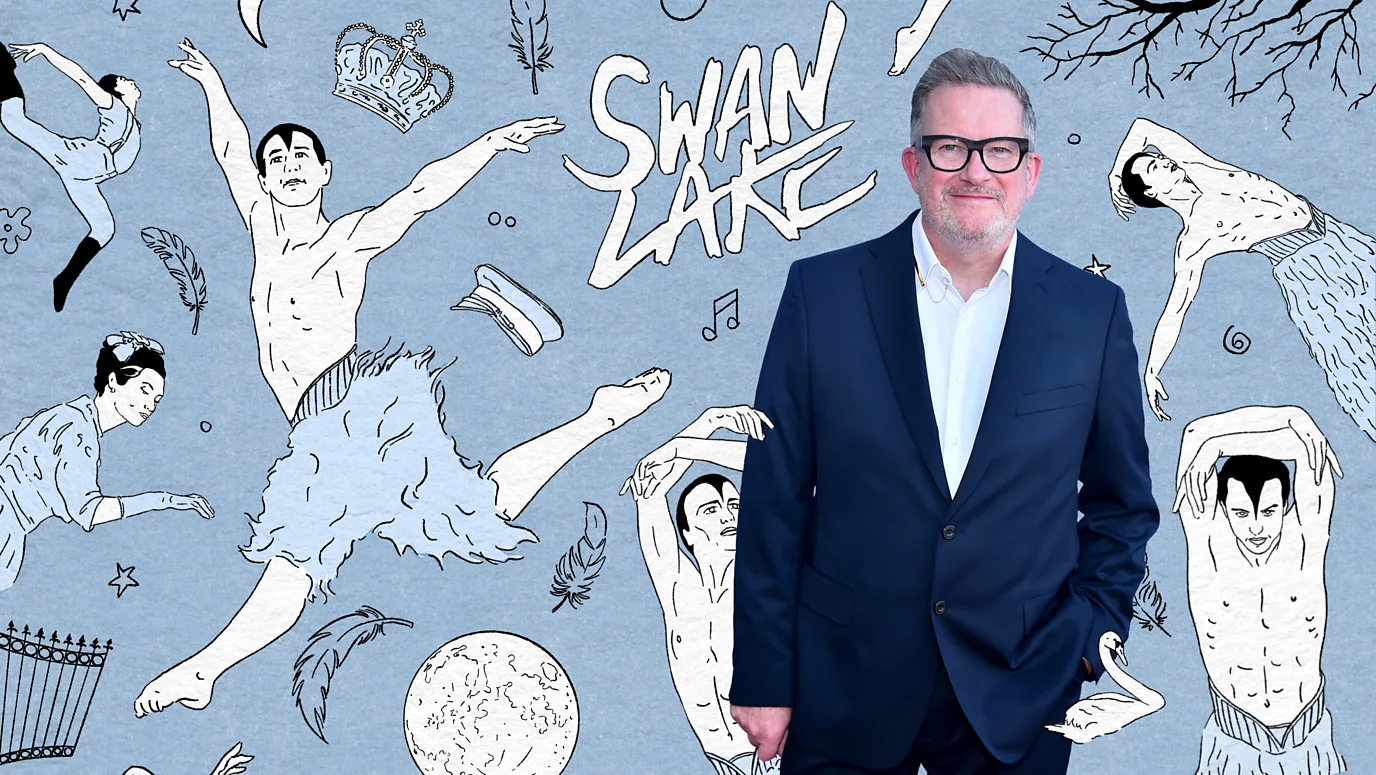
Matthew Bourne’s Swan Lake, first performed in 1995, stunned audiences and revolutionized the ballet world with its radical departure from classical traditions. Known for his innovative choreography and contemporary storytelling, Bourne reimagined one of ballet’s most iconic works by replacing the traditional female corps of swans with a powerful ensemble of male dancers. This bold creative decision was both shocking and groundbreaking, pushing the boundaries of gender roles, dance aesthetics, and storytelling in ballet.
Traditionally, Swan Lake is known for its ethereal and delicate portrayal of swans, danced by women in tutus to embody fragility and grace. Bourne’s interpretation, however, stripped away this image and replaced it with an all-male cast of swans, emphasizing raw power, primal instincts, and aggressive movements. The male swans in his version were characterized by their strength and animalistic energy, wearing feathered trousers and moving in ways that resembled both humans and birds. This radical aesthetic choice gave the production an intense and otherworldly feel while exploring new layers of emotion and meaning.
The impact of Bourne’s Swan Lake was immediate and polarizing. Audiences who were familiar with the traditional ballet were shocked by the transformation, while others hailed it as a work of genius. By incorporating masculine energy and themes of identity, repression, and power, Bourne’s production redefined what ballet could be. Instead of focusing solely on romance, the story explored complex relationships, particularly between the Prince and the lead Swan, creating a deeply emotional and thought-provoking experience. Bourne introduced themes of desire, loneliness, and societal expectations, adding new layers of depth to the classic narrative.
The decision to feature male swans was more than a stylistic choice—it was a bold challenge to gender norms in ballet. Historically, ballet roles have been heavily gendered, with male dancers often restricted to heroic or supporting parts, while women embodied grace and beauty. By recasting the swans as male dancers, Bourne shattered stereotypes and created opportunities to showcase the strength, vulnerability, and artistry of men in ballet. This change resonated with modern audiences, making the art form feel relevant and accessible to a broader demographic.
Bourne’s Swan Lake also drew attention for its ability to balance innovation with respect for tradition. While it broke away from the classical format, it retained Tchaikovsky’s iconic score, keeping the heart of the ballet intact. The production’s stunning visual design and its mix of contemporary and classical movement styles further solidified its place as a masterpiece of modern dance. Over time, the production garnered international acclaim, touring globally and appealing to both ballet aficionados and newcomers to the art form.
The legacy of Matthew Bourne’s Swan Lake cannot be overstated. It challenged the norms of ballet, expanded its creative possibilities, and proved that the art form could evolve without losing its essence. By daring to reinterpret a beloved classic, Bourne created a production that was both timeless and trailblazing. His Swan Lake remains a powerful testament to the transformative power of art and its ability to reflect and reshape cultural ideas.
SEO Keywords: Matthew Bourne, Swan Lake, male swans, modern ballet, dance innovation, ballet reimagined.






Leave a Reply